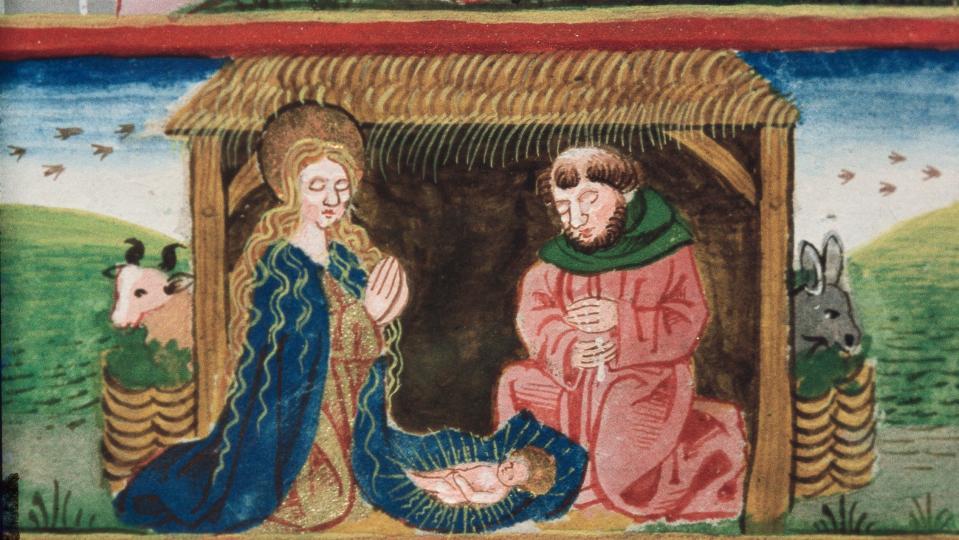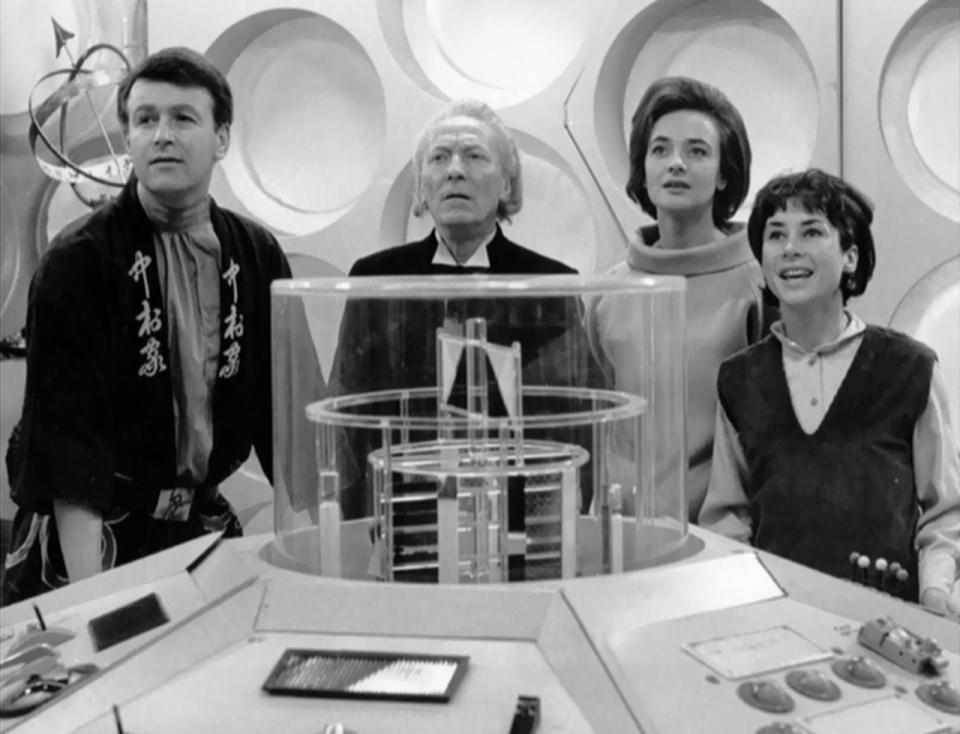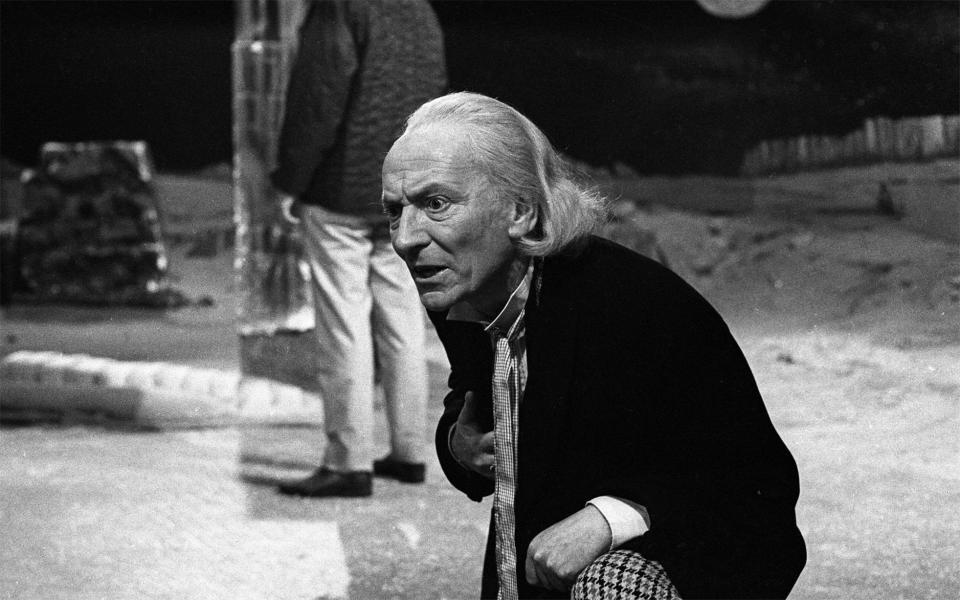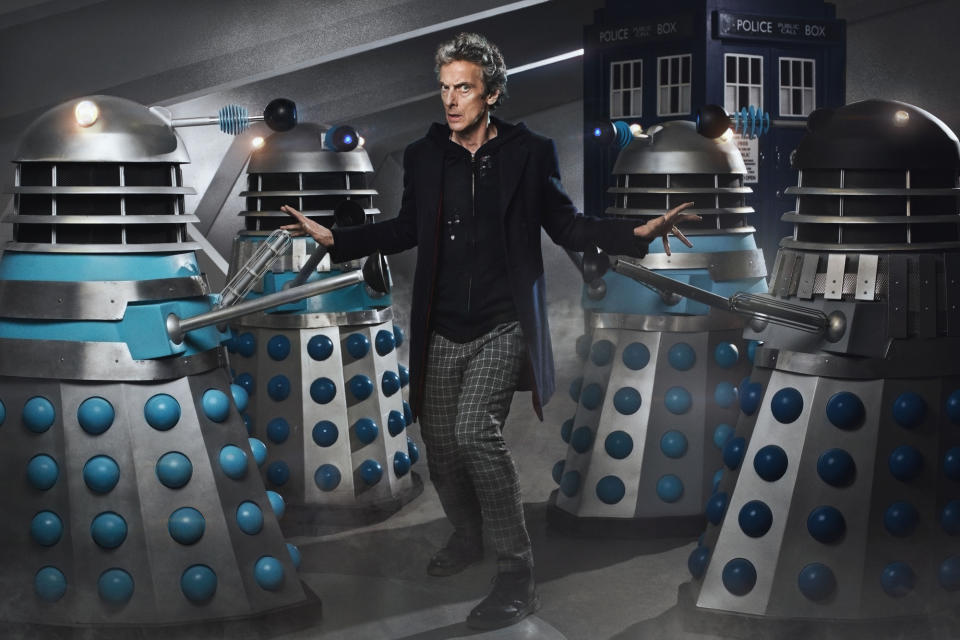Read BBC's original (ridiculous!) plan for Doctor Who

"We require exciting episodic stories, using surprising visual effects and unusual scenery, about excursions into time, into space, or into any material state we can make feasible."
In 1963, the BBC was exploring the possibility of launching a new science fiction series. The show, as imagined by Sydney Newman, then-head of Drama, would educate as well as entertain.
It was Doctor Who – but not as we know it.
Newman eventually hired BBC staff writer Cecil Edwin "CE" Webber to draft a pitch document for what was now known as Dr. Who – yes, it's actually spelt like that, and it's actually the lead character's name... Or at least his nickname.

"They give him this name because they don't know who he is," Webber wrote. "He seems not to remember where he has come from."
This "Dr. Who" is suffering from some form of amnesia, as opposed to the finished series, where he's wilfully evasive about his origins.
It's but one of many differences between Webber's original plan (annotated with notes from Newman) and the show as it finally transmitted, 54 years ago today – on November 23, 1963.
Read on for some highlights from the original (bonkers) plan for Doctor Who...
1. The TARDIS was invisible – and definitely not a Police Box

"If [the Doctor's ship] is a transparent plastic bubble, we are with all the low-grade space-fiction of cartoon strip and soap-opera," Webber wrote.
A little harsh, perhaps, but fair enough. It's what comes next, though, that now reads as oh-so-ironic...
"If we scotch this by positing something humdrum, say, passing through some common object in [the] street such as a night-watchman's shelter – to arrive inside a marvellous contrivance of quivering electronics – then we simply have a version of the dear old Magic Door."
Yup. Rather than have the TARDIS manifest as an everyday object – like, say, a Police Box – Webber suggested that the craft should be invisible. Which would certainly have saved on budget.
"We do not see the machine at all," he insisted. "Dr. Who has achieved this 'disappearance' by covering the outside with light-resistant paint."
Invisible. Paint.
2. The Doctor would have witnessed the birth of Jesus

Webber also had a radical idea for the first Dr. Who Christmas special (itself a notion that wouldn't become a bona-fide fixture for another 42 years).
"To think about Christmas: which seasonable story shall we take our characters into?" he asked. "Bethlehem?"
Was he seriously suggesting that the Doctor and his companions should be present at the birth of Christ? Maybe posing as the Three Wise Men?
But it gets even crazier...
"Was it by means of Dr. Who's machine that Aladdin's palace sailed through the air?" Webber spiralled. "Was Merlin Dr. Who?
"Was Cinderella's Godmother Dr. Who's wife chasing him through time? Jacob Marley was Dr. Who slightly tipsy, but what other tricks did he get up to that Yuletide?"
Utter nonsense – although hardcore Whovians will of course know that Merlin was the Doctor... sort of. Check out the 1989 story 'Battlefield' for details. ANYWAY:
3. The Doctor hated scientists and inventors

A far cry from our Doctor, lover of scientific progress and imagination and funky gadgets. This Dr. Who is searching for an ideal period of history in which to reside and "malignantly tries to stop progress wherever he finds it".
"One symptom of this is his hatred of scientist, inventors, improvers," writes Webber. Wow, this guy sounds like a riot.
4. Oh, and the Doctor wanted to DESTROY THE FUTURE

"The authorities of his own time are not concerned merely with the theft of an obsolete machine; they are seriously concerned to prevent his monkeying with time," Webber said.
So far, so surprisingly prescient – these ideas would be woven into the Doctor's backstory when it was finally revealed, six years later in 1969.
But wait, there's more! The Doctor's people were after him "because his secret intention, when he finds his ideal past, is to destroy or nullify the future".
"Nuts!" noted Sydney Newman, and we're inclined to agree.
5. So wait... was anything the same?

Actually, yes. If you ignore the invisible TARDIS and the destructive Doctor and the ill-advised Biblical interlude, there's a great deal from Webber's document – and Newman's notes – that made it to the screen intact.
The central characters as envisaged by Webber were Dr. Who, an "old man lost in space and time" and his companions; strong and square-jawed Cliff (later Ian), the loyal and courageous Lola (Barbara in the final show) and schoolgirl Bridget, most drastically revamped as the Doctor's alien granddaughter Susan.
The show itself was designed as "a series of stories, linked to form a continuing serial" with "each episode [lasting] 25 minutes" and – an addition from Newman – "to end with a very strong cliff-hanger".

Doctor Who's target audience hasn't changed much since Webber's first pitch, either: "I think the writer's safeguard here will be if he remembers that he is writing for an audience aged 14... The most difficult, critical, even sophisticated, audience there is for TV. "
Then there's the almost magical atmosphere that sets this show apart from other science-fiction: "We shall provide scientific explanations... But we shall not bend over backwards to do so," Webber wrote – which sounds like a 1963 way of saying "Wibbly wobbly, timey wimey" to us.
Oh, and most importantly, Doctor Who would "work to a very moderate budget". The more things change, the more they stay the same...
Want up-to-the-minute entertainment news and features? Just hit 'Like' on our Digital Spy Facebook page and 'Follow' on our @digitalspy Twitter account and you're all set.
You Might Also Like

 Yahoo News
Yahoo News 
